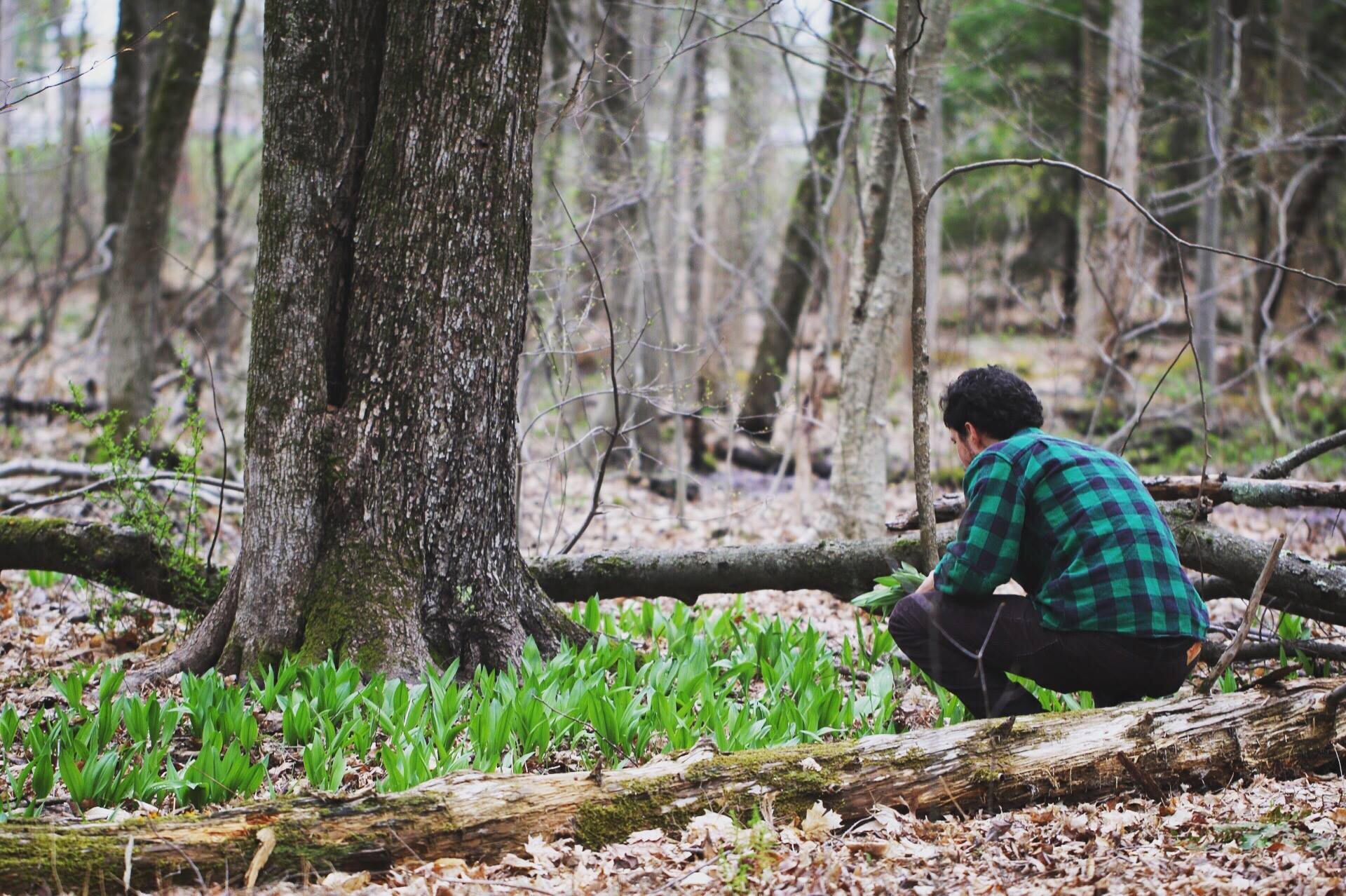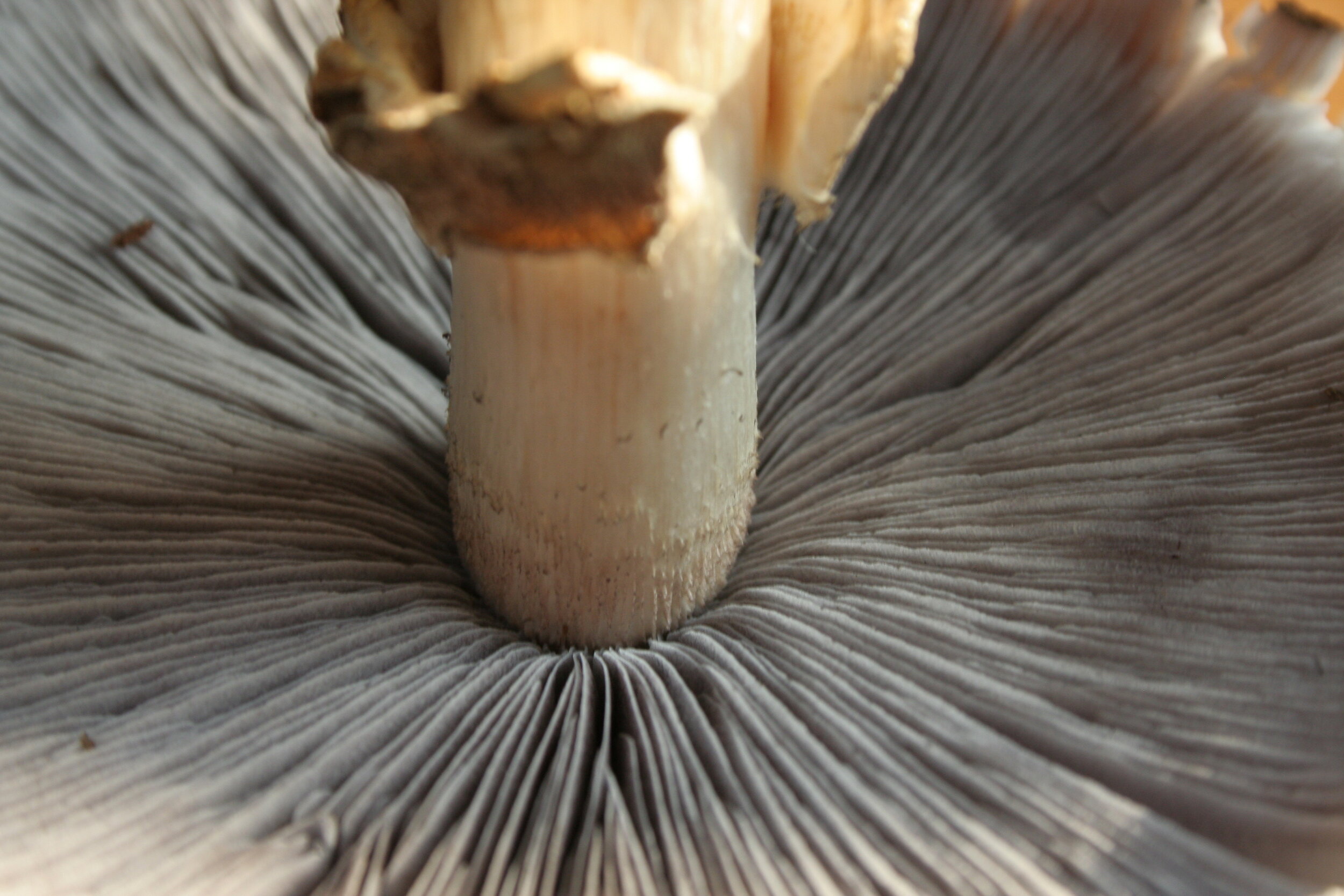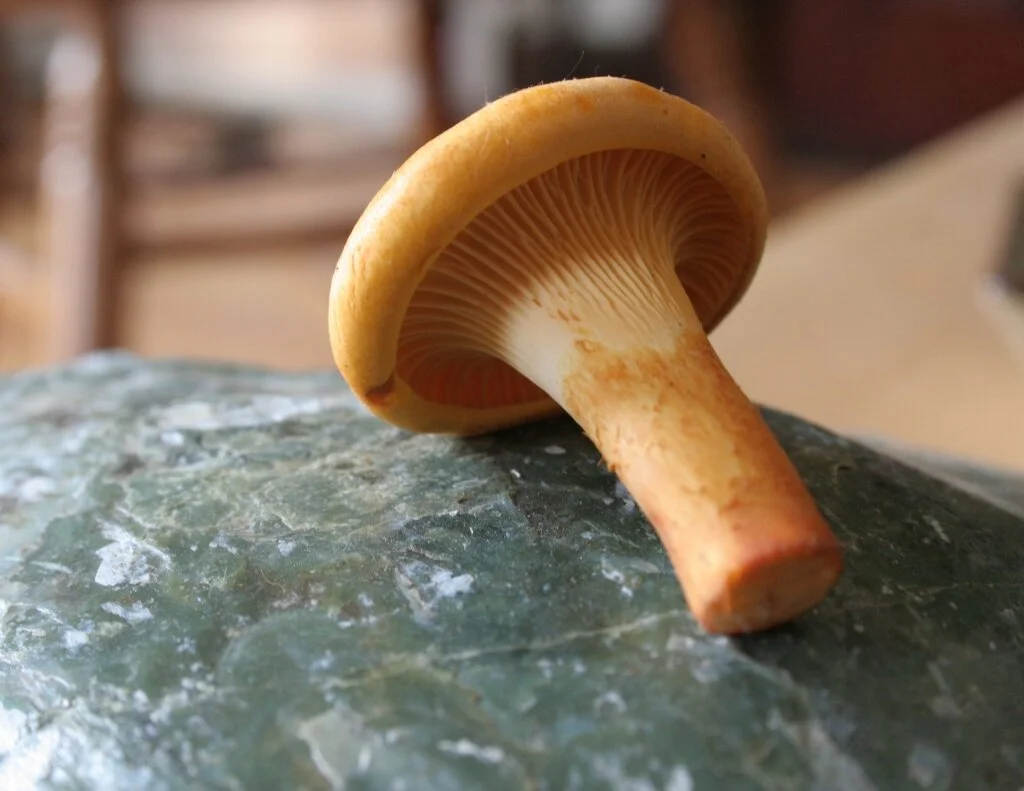
Blog
Chanterelles After the Solstice
I am climbing a steep logging road in the humid, wildfire smoke-tinged air, each sweaty step fueled by a single-minded sense of purpose. My mission: to check on the progress of my favorite early chanterelle patch, where I discovered a small but stunning flush of goldens around this same time last year.
Golden Chanterelles Arrive Early
Golden chanterelles, classic summer wild mushrooms, have arrived early this year in Vermont. My rational mind tells me to wait until July, but instinct carries me up a rocky streambed toward an old patch. I am greeted by a sleek red fox that makes fleeting eye contact before leaping stealthily out of sight. Soon I arrive at a pair of hemlocks that have produced in past seasons, and the hunt is on.
A Chanterelle By Any Other Name
Golden chanterelles are on fire throughout the region, visible from a distance with their bright yellow caps. While all fresh chanterelles are delicious, our favorite patch yields dense, chunky specimens with a ghostly white – rather than yellow – stem and false-gilled underbelly. We call these firm and meaty culinary gems ‘white back’ chanterelles, though my hunch is they are Cantharellus phasmatis, first documented in 2013 at University of Wisconsin-La Crosse.
Summer Chanterelles
With wild strawberry and spearmint on my tongue, and chanterelles on my mind, I walk past the sun-splashed frog pond and into a dark glade of spruce. I’m back in familiar territory, having recently returned to northern Vermont after a stint in the southern Green Mountains.
Golden Hours
I’m eating black raspberries for breakfast, watching them turn from ruby red to a luscious purple as they ripen under the summer sun. Nothing summons memories of summers past like the blackcap – my favorite bramble. My tongue tingles as their zingy burst of flavor finishes with dark, mysterious cloves.
Cinnabar-red Chanterelle: As Good as Gold
Ranging from flamingo pink to a deep autumnal orange, the cinnabar-red chanterelle’s vivid color demands the forager’s attention. Its flavor is classic chanterelle – piney, fruity, floral – and its red hue holds up well to a six minute sauté.
Chanterelle Gold Rush Continues
We parked our car at the Great Gulf Wilderness lot and headed into the White Mountain foothills for a pilgrimage to a favorite camping retreat during our high school and undergraduate years.
Primed for Chanterelles
As I walked the woods this afternoon, I could practically smell the chanterelles. The soil is wet, the air warm and sticky.
It is almost July, and the colorful cast of summer fungi is just starting to make its grand appearance. After May’s morel madness and June’s mushroom monotony, July marks the beginning of the true foraging season.
Hedgehog Mushroom: The Safer Chanterelle
The woods are full of teeth right now – not only is lion’s mane starting to ferociously flush, but hedgehogs are popping up along moist riverbeds and streams. Fall has arrived, at least in northern Vermont.
Craving a Chanterelle Fix
Foragers throughout the region are searching tirelessly for the coveted golden chanterelle. Some - especially those who have known producing spots - are finding pounds of chanterelles, but most are finding only a few. Unfortunately, I fall into the latter, considerably hungrier, faction of foragers. When I think of all the pristine patches I left behind in Ithaca, I want to hop in the car and drive six hours, but that would be against my better judgment.
ForageCast: Week of June 20, 2011
The summer solstice may not happen until tomorrow, but my summer has already begun. Sure, it’s felt like summer in Ithaca for a few weeks now, with 90-degree days and daily swims in the gorges. But for me, nothing heralds the arrival of summer like the first chanterelle, in all its fragrant, golden glory.
Chanterelle: Flower or Fungus?
Like maitake, the chanterelle (Cantharellus cibarius) is an extraordinarily satisfying mushroom to find. You can often spot a chanterelle patch from a distance, their brilliant egg yolk color standing out against the browns and greens of the forest. Though they can be solitary, chanterelles tend to be gregarious. Every time I discover a new patch locally, I am doubly excited. Not only do I have a meal (or several meals) – I have a producing location that I can visit again year after year, between late June and late September.
blog archive by year:












